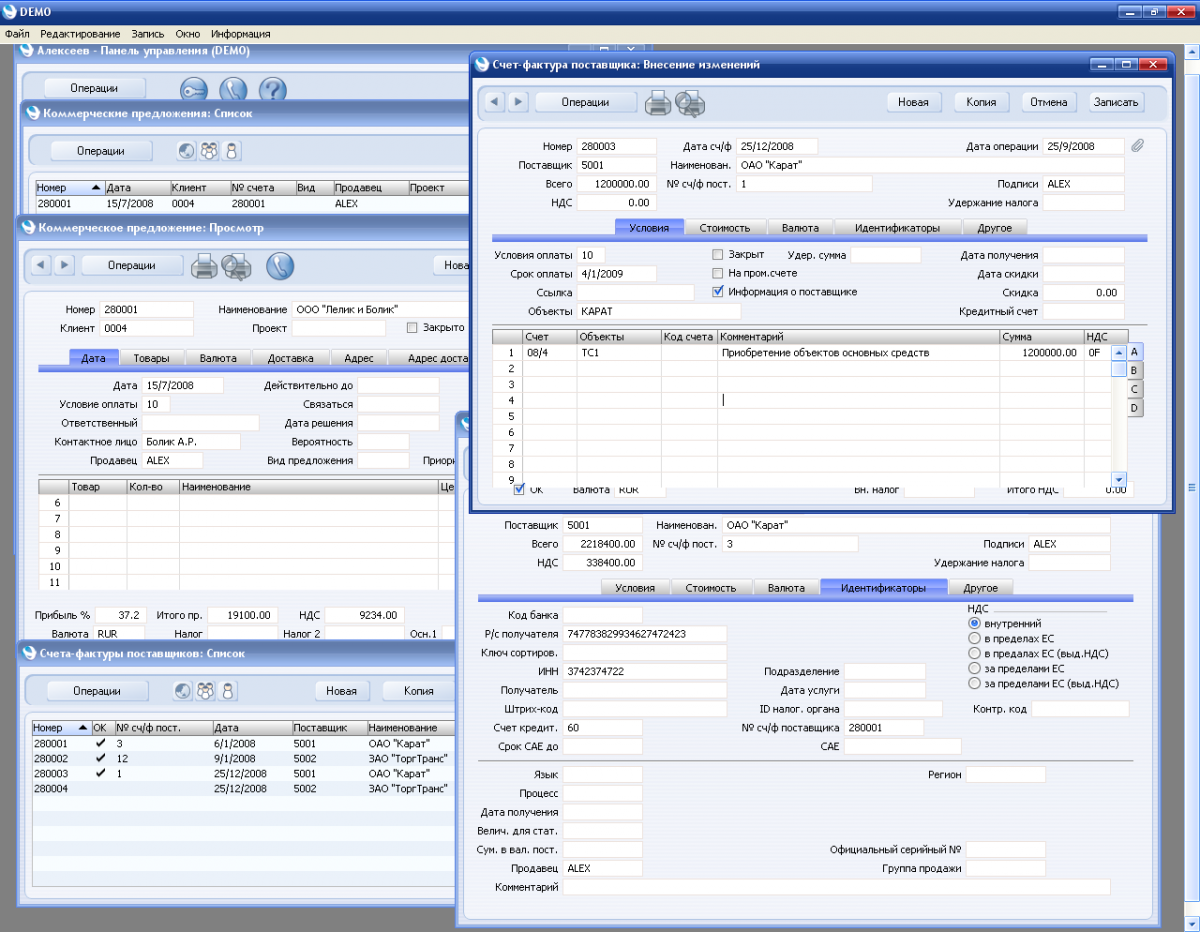
Intuit accepts no responsibility for the accuracy, legality, or content on these sites. Intuit does not endorse or approve these products and services, or the opinions of these corporations or organizations or individuals. We provide third-party links as a convenience and for informational purposes only. Readers should verify statements before relying on them.
#Standard accounts free
does not warrant that the material contained herein will continue to be accurate nor that it is completely free of errors when published. Accordingly, the information provided should not be relied upon as a substitute for independent research. does not have any responsibility for updating or revising any information presented herein. No assurance is given that the information is comprehensive in its coverage or that it is suitable in dealing with a customer’s particular situation. Applicable laws may vary by state or locality. Additional information and exceptions may apply. This content is for information purposes only and should not be considered legal, accounting, or tax advice, or a substitute for obtaining such advice specific to your business.
#Standard accounts windows
There are two types of user accounts in Windows 10: Standard and Administrator.When you create a new account in Windows 10, it defaults to having Standard permissions. Below are the most common types of revenue or income accounts: First things first: About Standard and Administrator accounts in Windows 10. The description is shown in brackets, following the user name.Income tends to be the category that business owners underutilize the most.

As there can be a number of similar account names, for example, Administrator, it is recommended that you provide a meaningful unique description for the credentials record so that you can distinguish it in the list. In the Description field, enter a description for the created credentials record.To view the entered password, click and hold the eye icon on the right of the field.
#Standard accounts password


To create a new standard credentials record: You can create a credentials record for an account that you plan to use to connect to a Microsoft Windows server, a VM running Microsoft Windows OS or a storage system.


 0 kommentar(er)
0 kommentar(er)
